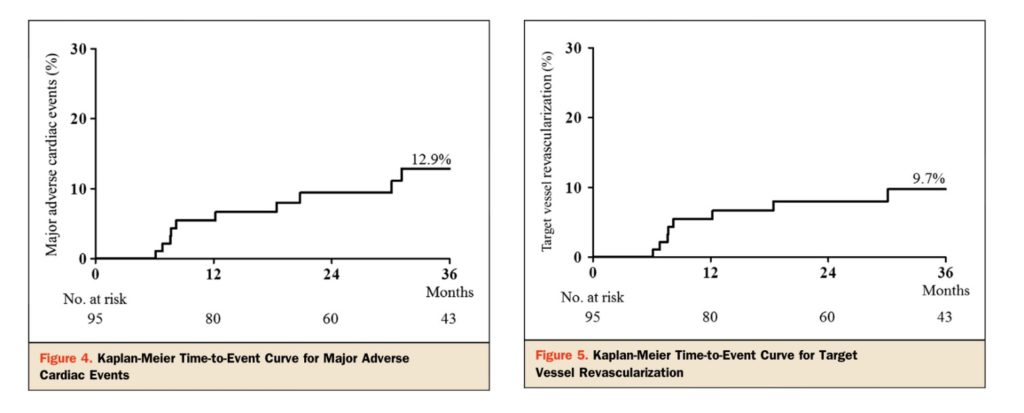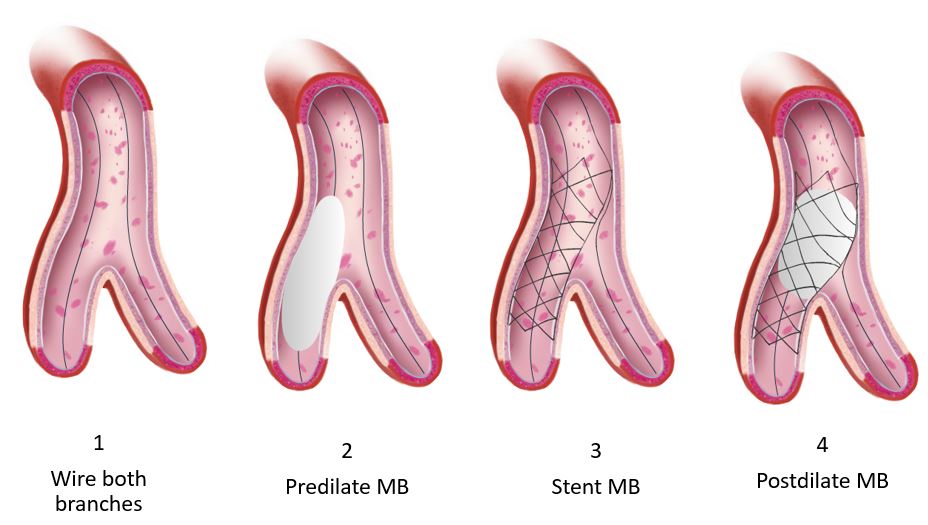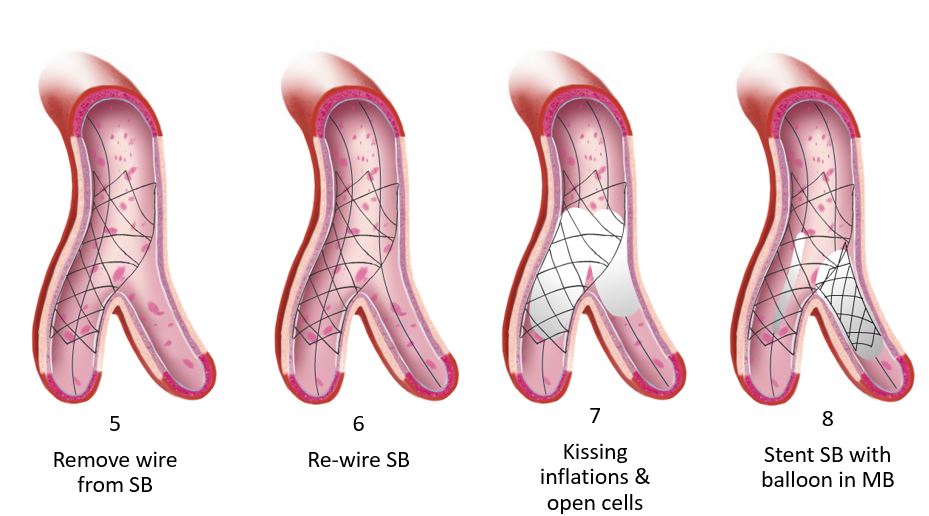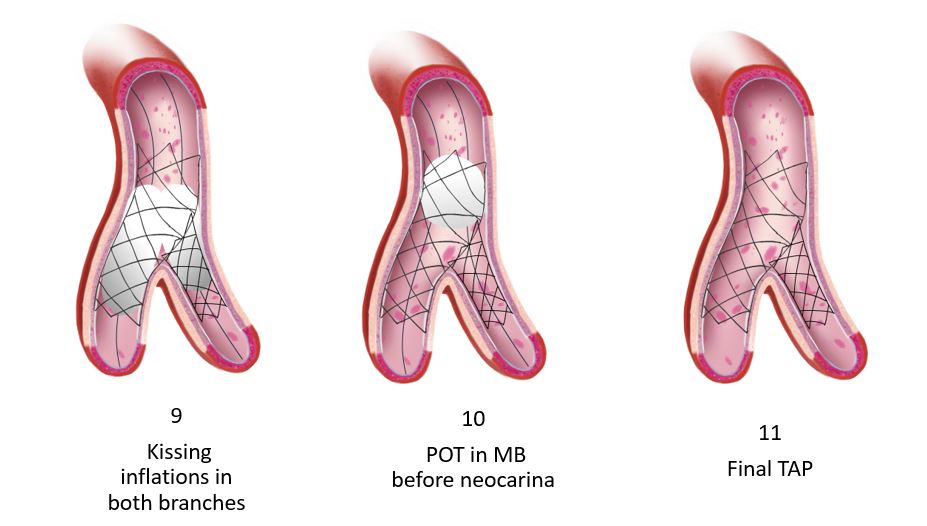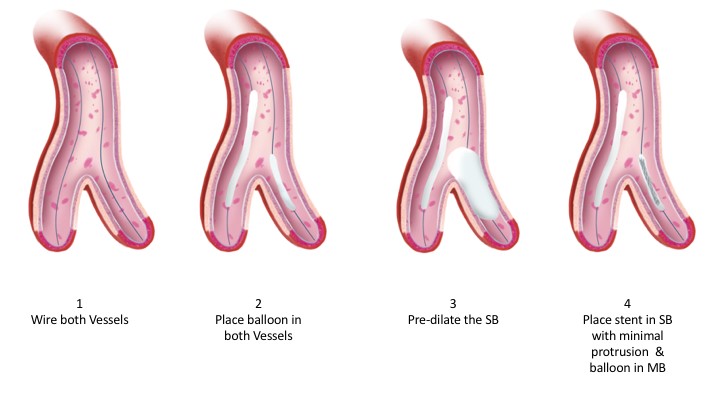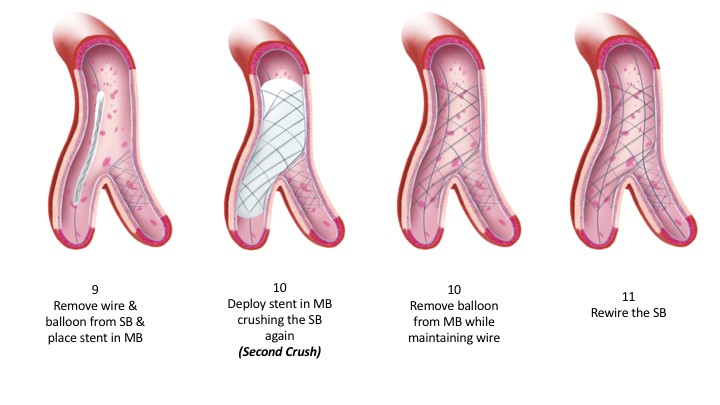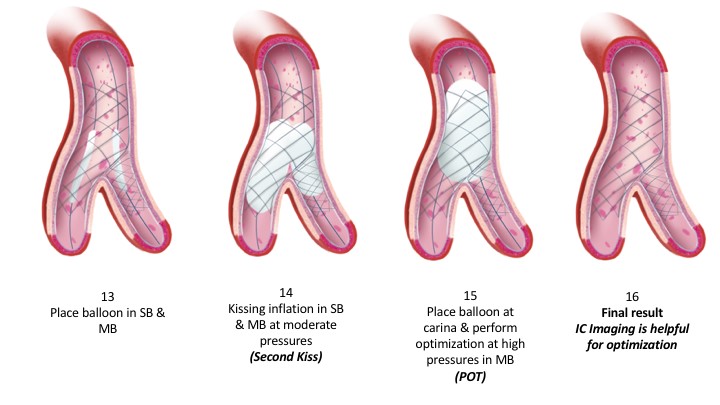Should interventional cardiologists perform thrombectomy?
“Sutor, ne ultra crepidam” a Latin expression for shoemakers not beyond the shoe, a common saying to warn people to avoid passing a judgment beyond their expertise.
With mechanical thrombectomy changing the management of stroke and becoming the standard of care for patients with large vessel occlusion (LVO), a new challenge has emerged, adequate access for care.
A recent cross-sectional study by Aldstadt et al.1 aimed to determine the percentage of the US population with 60 min (ground or air) to a designated or non-designated endovascular capable stroke center, or percentage of non-designated endovascular centers that were 30 min from an endovascular capable center. They reported that overall a 49.6% of the US population is within 60 min of an endovascular capable stroke center, while 37% of the US population lacked access to endovascular capable centers within 60 min. For the non-endovascular stroke centers, 84% have access within 60 min, and 45.4% are within 30 min drive from an endovascular capable stroke center.
Since time is the brain, increasing the access to care is of paramount importance and increasing the number of well-trained physicians equipped to perform and treat stroke holistically. Since there are approximately 10 times more interventional cardiologists, radiologists, and vascular surgeons than neuro interventionalist in the USA (10.000 vs. 800-1000)2, some non-endovascular capable hospitals have explored the option of incorporating some of this workforce to contribute to patient care.
Some retrospective studies3 with low sample sizes have described that their interventional cardiologist team was able to perform a thrombectomy safely, with the guidance of a stroke neurologist. Nonetheless, they are not clear on the prior training these cardiologists have had regarding neurovasculature, the nuances of the procedure, critical care, and stroke neurology.
Endovascular Neurosurgery and Interventional Neuroradiology is a field shared by physicians with different backgrounds in training, such as neurosurgeons, neurologists, and interventional radiologists. Regardless of their background or training, they are all required to complete an additional 1-2 years of training exclusively for neurointervention. Endovascular physicians trained rigorously per ACGME4 requirements were most of the physicians involved in the clinical trials (ESCAPE and DAWN) and maintained a high caseload volume of thrombectomy. The cumulative case volume is crucial since it has been associated independently for obtaining good recanalization and outcomes.5
Even if the technical aspects have various similarities between the endovascular fields, shoemakers not beyond the shoe, cannot be translated from one field to another without proper training. To adduce that interventionalist cardiologist can inherently treat intracranial diseases would be, in my opinion, not in benefit of the care of the patient, even if they are the only option nearby where no endovascular treating center can be reached, the patient outcome of patients is directly correlated with the expertise of the treating physician.
Nonetheless, interventional cardiologists should only be allowed to perform thrombectomies if they complete a full endovascular fellowship with the requirements established by the ACGME and as the other specialties go through (interventional radiology, neurosurgery, and neurology). This formal training could contribute to those rural areas where there is no possibility to access an endovascular center. More efforts should be made to increase access to endovascular capable stroke centers, to continue training neurosurgeons, radiologists, and neurologists to meet patients’ demands requiring this life-saving treatment. But I don’t consider converting specialists in treating myocardial infarctions to stroke being a priority in the US.
REFERENCE
- Aldstadt J, Waqas M, Yasumiishi M, et al. Mapping access to endovascular stroke care in the USA and implications for transport models. Journal of NeuroInterventional Surgery. 2021:neurintsurg-2020-016942.
- Hopkins LN, Holmes DR. Public Health Urgency Created by the Success of Mechanical Thrombectomy Studies in Stroke. Circulation. 2017;135(13):1188-1190.
- Hornung M, Bertog SC, Grunwald I, et al. Acute Stroke Interventions Performed by Cardiologists: Initial Experience in a Single Center. JACC Cardiovasc Interv. 2019;12(17):1703-1710.
- Hussain S, Fiorella D, Mocco J, et al. In defense of our patients. J Neurointerv Surg. 2017;9(6):525-526.
- Kim BM, Baek J-H, Heo JH, Kim DJ, Nam HS, Kim YD. Effect of Cumulative Case Volume on Procedural and Clinical Outcomes in Endovascular Thrombectomy. Stroke. 2019;50(5):1178-1183.
“The views, opinions and positions expressed within this blog are those of the author(s) alone and do not represent those of the American Heart Association. The accuracy, completeness and validity of any statements made within this article are not guaranteed. We accept no liability for any errors, omissions or representations. The copyright of this content belongs to the author and any liability with regards to infringement of intellectual property rights remains with them. The Early Career Voice blog is not intended to provide medical advice or treatment. Only your healthcare provider can provide that. The American Heart Association recommends that you consult your healthcare provider regarding your personal health matters. If you think you are having a heart attack, stroke or another emergency, please call 911 immediately.”
